9 ways to reduce Facebook's advertising costs

As an advertiser platform, Facebook is highly anticipated for its rich and detailed audience targeting metrics and highly controlled cost budgets.
Of course, there are many factors that can affect the cost of Facebook's ads, including audience, industry, goals, and optimization settings.
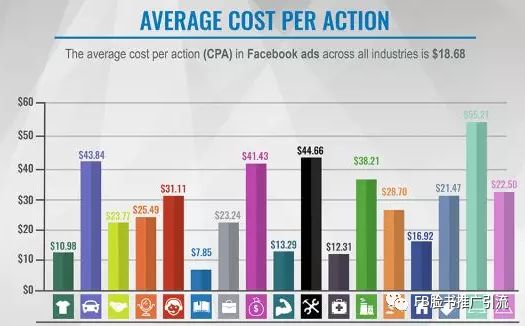
Average cost per operation on Facebook
According to an account manager at a digital marketing organization, the ideal CPM (thousand impressions cost) is between $5 and $10, and the ideal CPC (cost per click) typically does not exceed $2.
Similarly, Kevin, growth director for a home-buying APP, says that for most businesses, advertising on Facebook is best between $1.50 for CPC, and Peter, director of strategy for a conversion optimization platform, says that CPC for re-marketing ads is typically between $0.75 and $1.25, while CPA is better between $5 and $10.
These features of Facebook's advertising budget planning and control, especially for small businesses, are challenging and well controlled according to their own input.
With that in in hand, here are nine viable advertising strategies for keeping your Facebook brand advertising costs well within average.
A social media marketing director said that advertisers should try to improve their audience targeting according to their product audience characteristics.
"By narrowing your target audience, brands can significantly reduce their competitors," says Per, director of social media marketing at JC, a social media agency. "
That means marketers are increasing the likelihood that the content they promote resonates closely with the target individual, says Cook, Facebook's founder.
"This means you can customize your ads to attract people from specific regions and points of interest, creating the best opportunity to click and generate traction." He added.
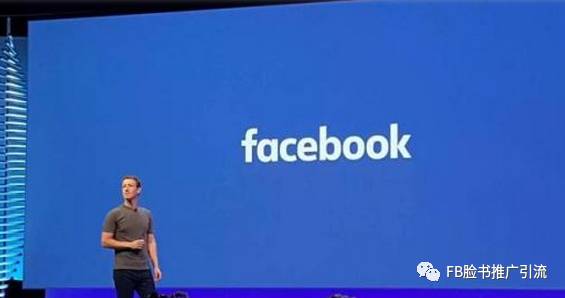
Children's book brand Clever Tykes has teamed up with JC Social Media to advertise to audiences who are both mothers and self-employed or business owners of children aged 6 to 9, not just parents of children aged 6 to 9.
"When it comes to a broader audience, we achieve good coverage metrics, but click-through and conversion rates are low," says Cook, who is also founder of Lever Tykes. All key metrics improve when content, tone, and actual products resonate with the target audience. "
That's probably partly because advertising costs become high when you're tracking audiences that other advertisers are also tracking, says Timothy Masek, senior growth strategist at Ladder Digital, a growth marketing agency. "If your goal is for advertisers to compete in smaller segments, such as international markets, then you'll be cheaper to advertise," he added. Masek also points out that Facebook charges more or less based on the relevance of the ads. "In order to reward advertisers for adding value to Facebook users, Facebook reduces ad costs if the content is relevant to the target segment," he said. "This correlation can be quantified by Facebook's quality score."
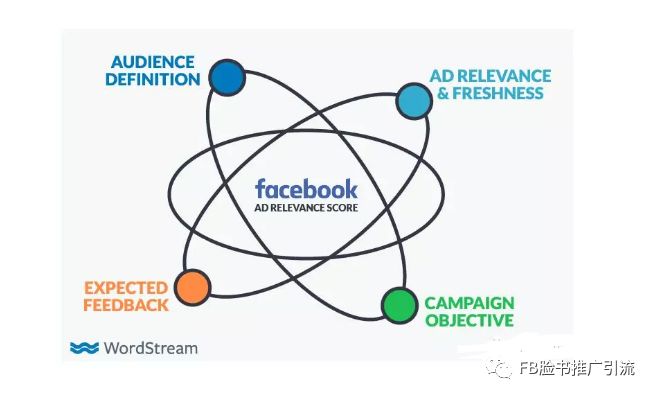
On the other hand, Katy Lowe, head of social media at Passion Digital, a digital marketing agency, says Facebook offers a tool to appeal to the most valuable audiences, and the more granular its impact on audience targeting, the more expensive the results will be.
Lowe says Passion Digital manages this for its customers by applying rules and bid caps, especially for app installations, based on the lifetime value of individual leads.
In addition, Philip Reinhardt, chief executive and co-founder of PBJ Marketing, a digital marketing agency, says Facebook's Overlap Audience tool is available to see if audiences overlap significantly. If so, you should select the audience that is most relevant to your marketing goals. "If they have some overlap, exclude these overlapping audiences to avoid bidding on their own," he added.
That's what PBJ Marketing does for the University of Maryland's Master of Technology Entrepreneurship Research program, which aims to target U.S. entrepreneurs and founders of start-ups looking for part-time students.
"After identifying two separate audiences that were interested in 'startups' or 'startups', we quickly checked for audience overlap on Facebook," Reinhart said.
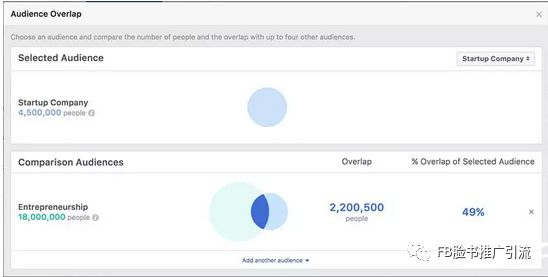
"We can see that nearly 50 percent of start-up audiences are also interested in 'starting a business,'" he said. "
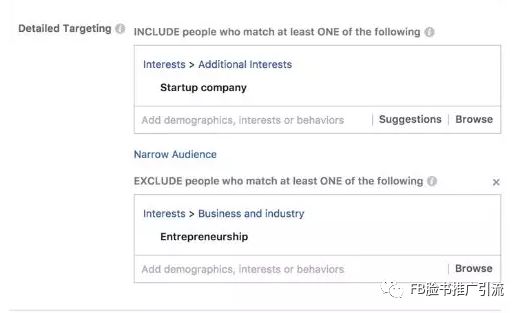
This is important because if the overlap rate is high, brands are actually competing with themselves to advertise to the same person.
"Not only do you have to run ads to the same person more than once, but because of internal competition, you have to pay more to run ads to that person," Reinhart said.
In addition, low or no overlap allows you to better test your A/B for the different audiences you use and customize your bids based on your ROI for each audience.
"For low-interest audiences, we've lowered prices," Reinhart said. "For demarketing audiences or converters, our bids are higher. In this way, we can make sure that we waste money on people who are not interested in us. "
For those interested in both, Reinhardt says to create a dedicated audience that meets both criteria:
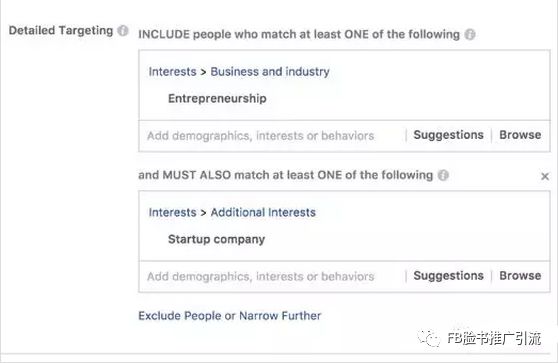
"If we end up running the Audience Overview tool for all audiences, we're going to have a completely divided audience." He added.
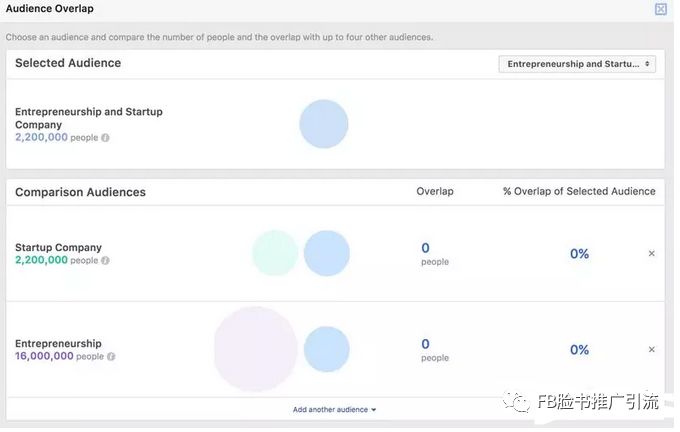
Morgan McGregor, a photography and online content expert at social media marketing firm Hyped, says her biggest advice is to set up a Facebook Pixel, which is a few lines of code inserted into the site to track conversions and access to customer data: "It not only tracks who your customers and visitors are, but also collects data, such as: What are they interested in?" Where do they live? How many children do they have? How much money do they make? What have they bought recently? What is their average purchase price? Are they going on holiday soon? "
It allows for very detailed customer data, which means that marketers can target people who can afford to buy their products.
"Not only can you reposition people who have visited your site, you can even target actions they take, such as people who join a shopping cart but never complete a purchase," she says.
Setting up a Facebook Pixel also means brands can track which ads work best and generate more sales, which means they can really start spending money on the cutting edge.

Cook also recommends testing Facebook ads to see which executions resonate best. "Facebook ad collections can run multiple ads at the same time on the same budget," he says. "
He continued: "By using different combinations of text and images, you'll see trends in your ads. Get the best elements from better-performing ads. This data-driven admaking is the best way to get the best value from your ad budget. "
Monica Louis, Facebook's advertising coach, says she usually tests images in Facebook ads first, followed by titles and ad text. "It's fascinating if just changing the image has a huge impact on costs," she says. "
Even small improvements in click-through and conversion rates can have a significant impact on ROI over the long term. The following ad set comes from the JC Social Media B2B client that uses this test method to reduce CPC.
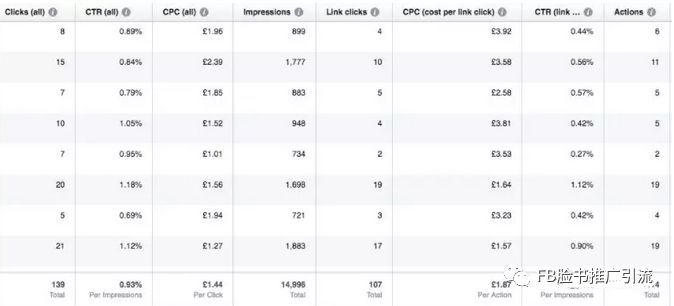
The cost of a single click is high
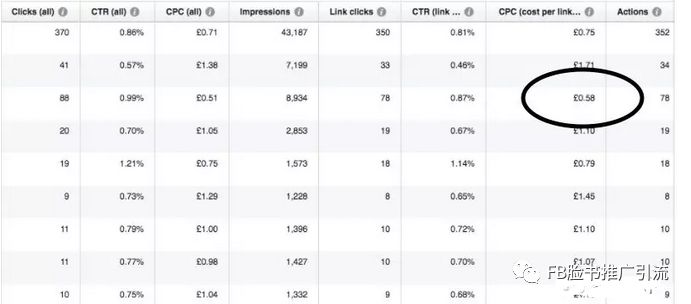
The cost of a single click is low
Messmer strongly recommends segmenting site visitors by engagement level to create better redirect segments on Facebook.
"We use custom redirection algorithms to automatically classify site visitors as low, medium, and high participation groups, and audiences can push to any ad network." He added.
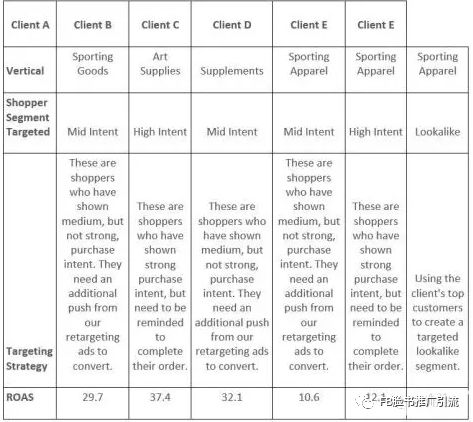
In addition, Reinhardt says, you can segment the consumers associated with your Facebook page and save them as independent fan audiences, build dedicated campaigns for them, and exclude existing Facebook fans from other audiences. Site visitors and converters can do the same.
That's because Facebook fans are usually the best performing audience in terms of engagement and conversion rates, he said.
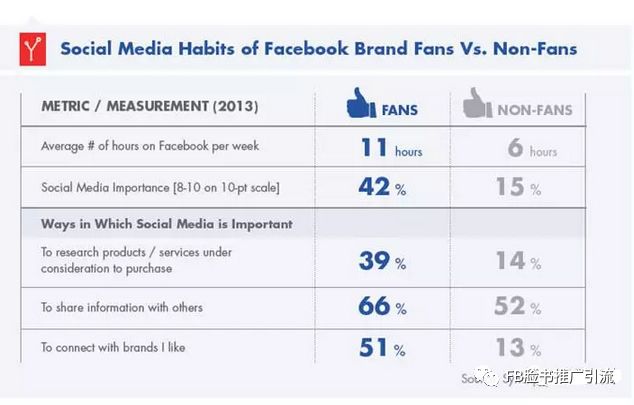
He added: "For ad delivery, we want to make sure that all Facebook fans have access to it, and the best way is to create a separate audience for Facebook fans." "
For example, for a client of a nonprofit organization, Reinhart says he has held a fundraiser at $1.16 per conversion for Facebook fans and $56.58 for ROAS. PBJ marketing, which does not include the interest targeting of Facebook's fan audience, costs $98.45 per conversion and $2.22 for ROAS.
"In the final stages of our fundraising campaign, we quickly reduced our daily budget and bids for interest targeting, giving priority to high-return audiences," he said. "
Miller recommends updating Facebook ad ideas every two weeks to avoid aesthetic fatigue.
Jomel Alos, head of online PR and content marketing strategist at Spiralytics, a digital marketing firm, agrees.
"One of the most common problems we see is that customers don't update their ad visuals," says Alos. "This can lead to a sharp drop in ad performance.
Alos points to a case study he calls "healthy exercise" that was consistent with CPC/CTR/CR and CPL for the first six days. On the seventh day, however, CPC and CPL began to increase, as each target group saw the ad an average of four times. In a blog post, Spiralytics noted that Facebook began to lose money as users clicked fewer ads.
To prevent this, advertisers should report ad-level conversion metrics daily. Also, after some ads run, you can see the fatigue point of your ad, indicate this metric in your report, and pause your ad as it approaches the fatigue point.
Damon Gochneaur, founder and managing partner of aspiro Agency, a digital marketing company, says his first suggestion to reduce advertising costs on Facebook is to use video as much as possible.
"The average cost of video is 10 percent of the cost of a single image," he says. "
Lowe agrees: "Facebook values video content in ads because it provides a larger share of the video's impressions, thereby reducing the price of CPC." For small customers who don't have a budget and can create dedicated video ads for campaigns, we often use Facebook's in-platform tools to create slideshows of product or service images that can be downloaded to Facebook video ads as video content. "

Go to "Discovery" - "Take a look" browse "Friends are watching"